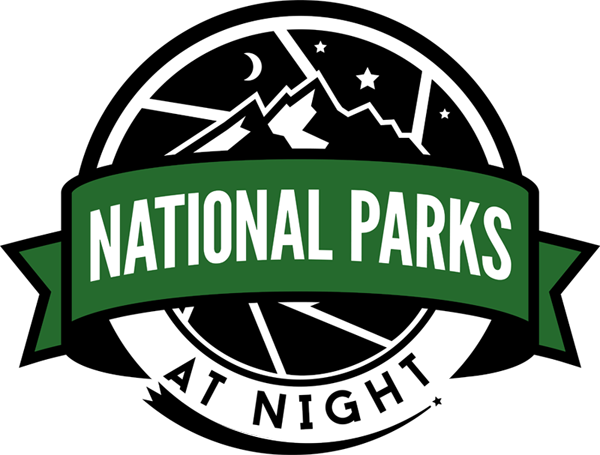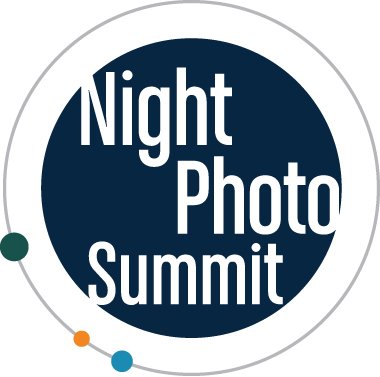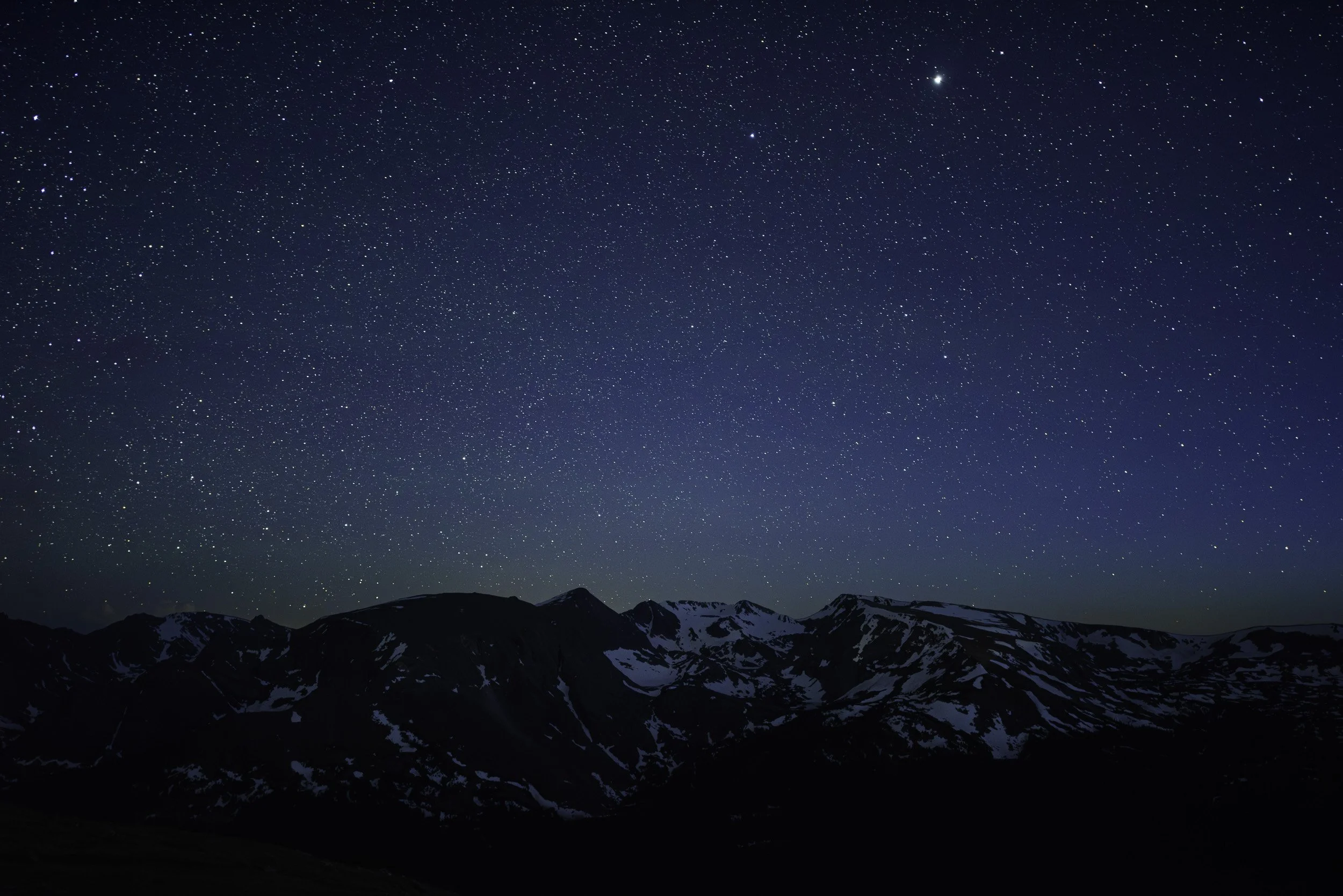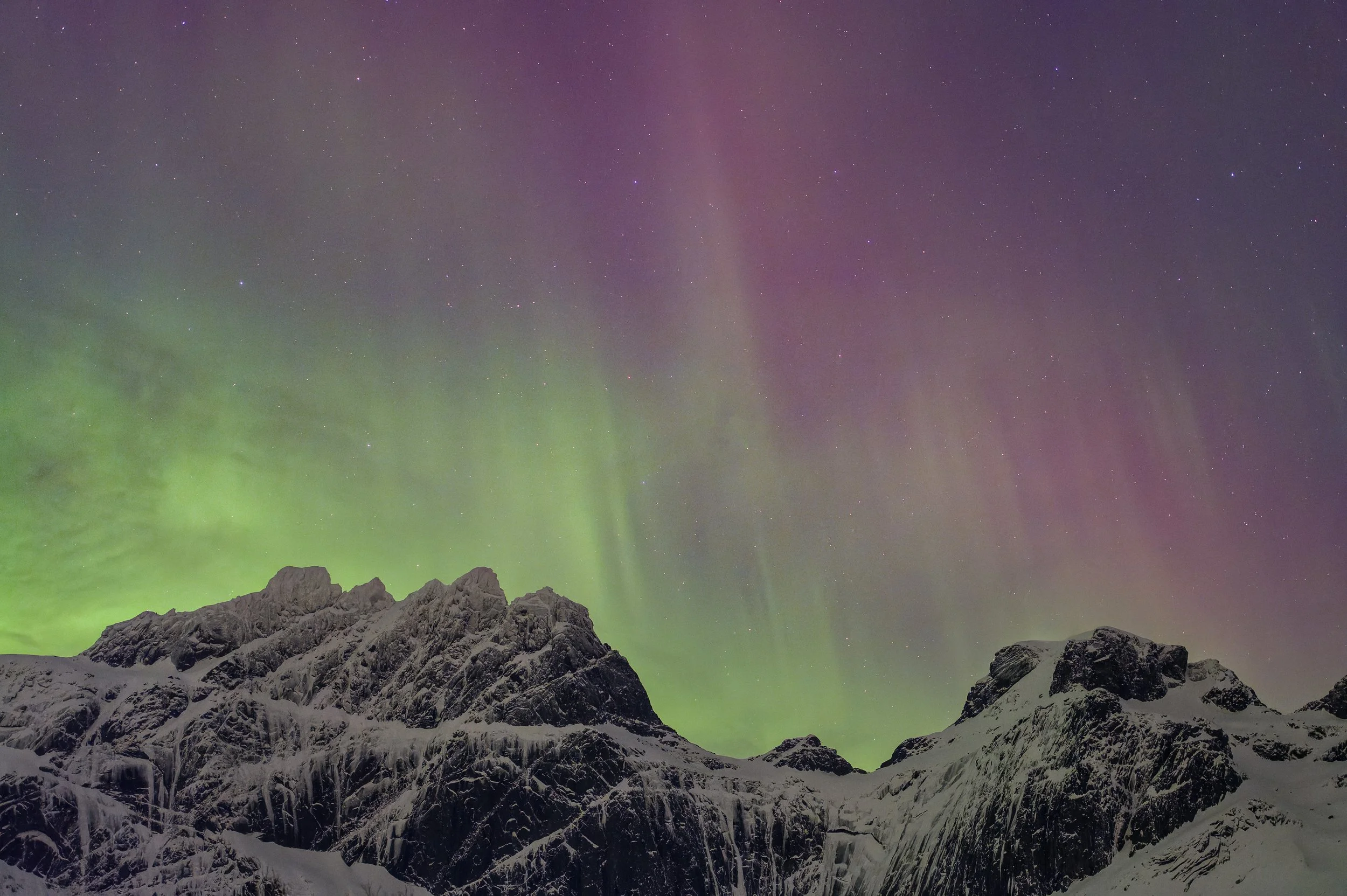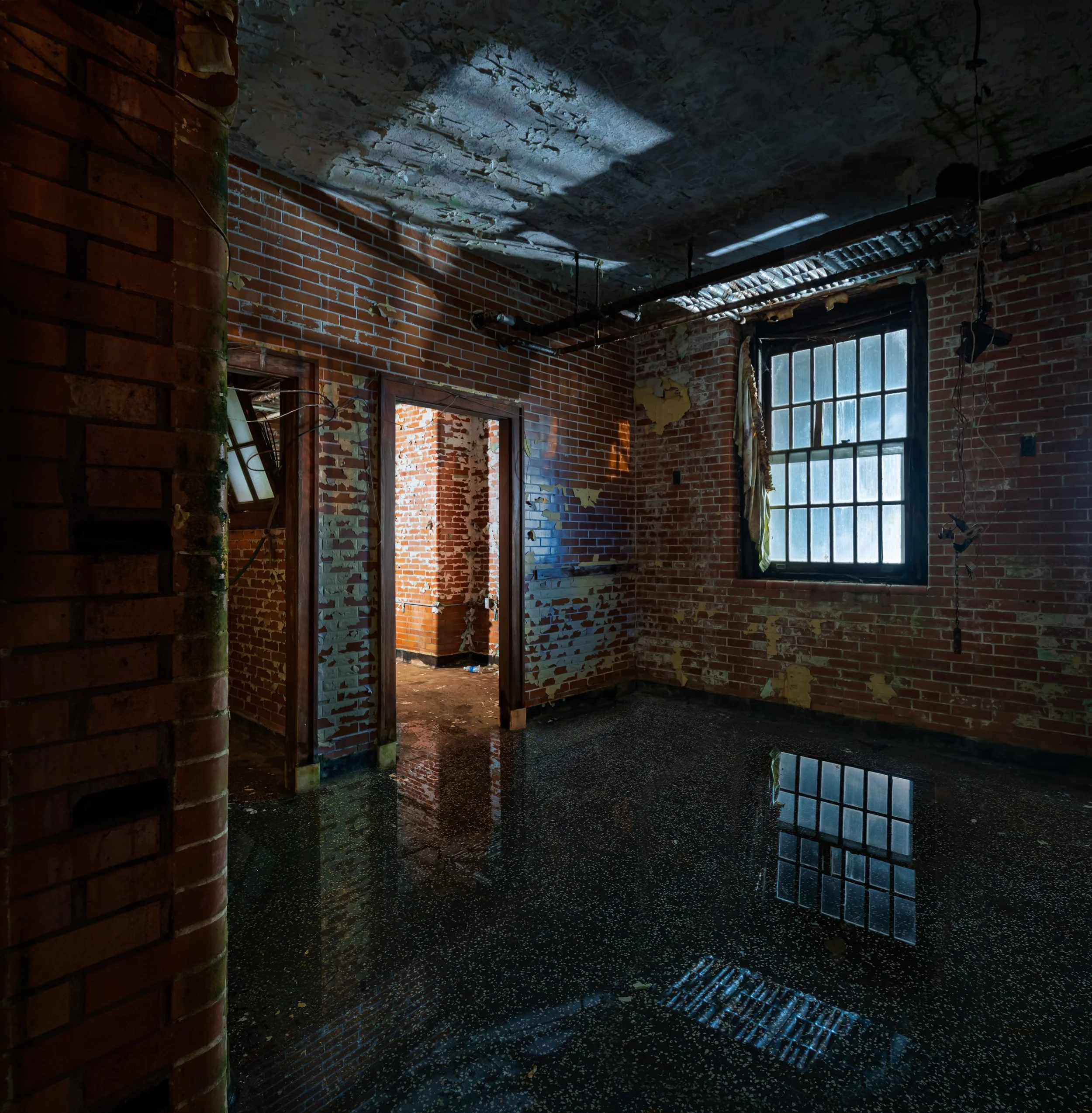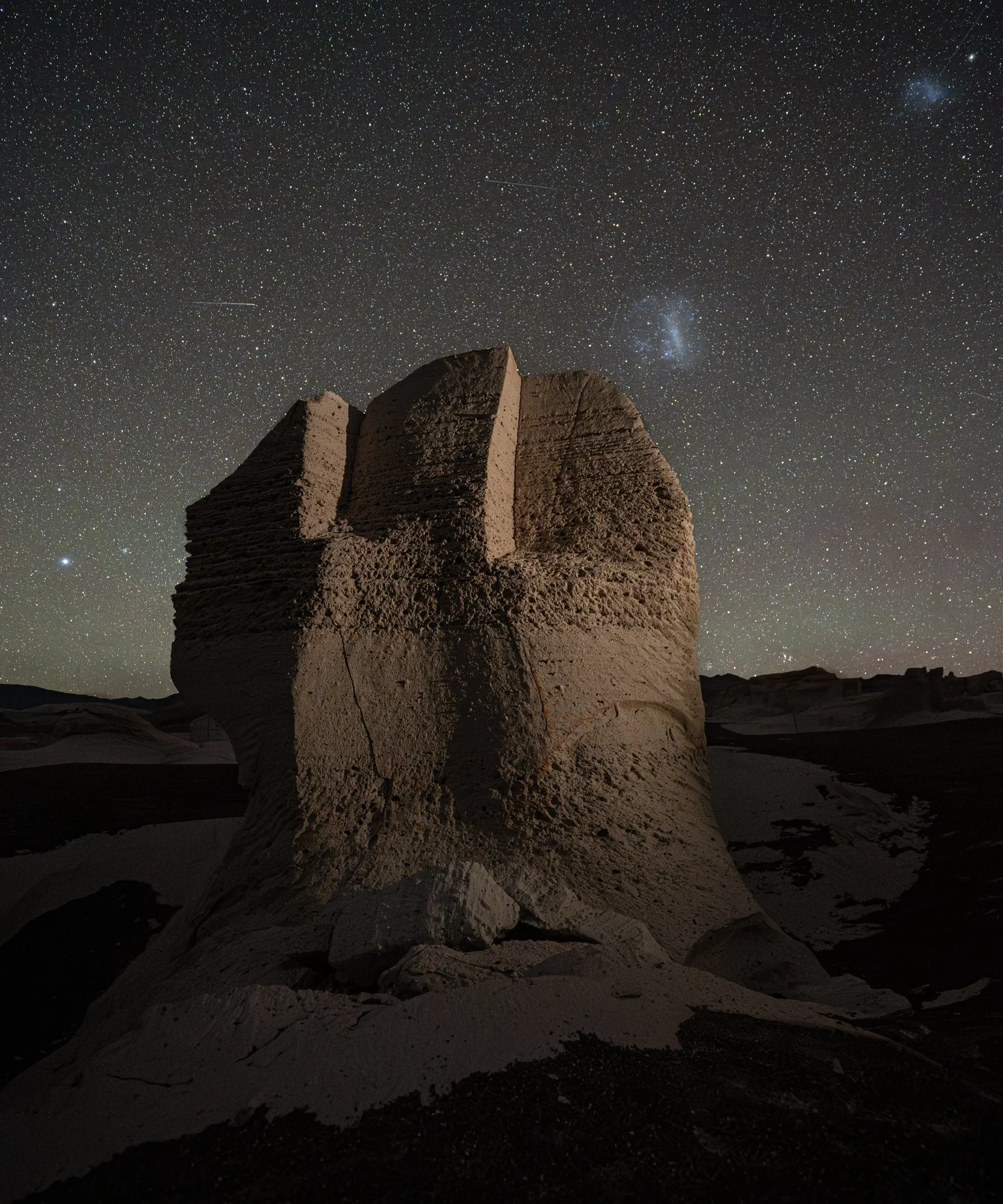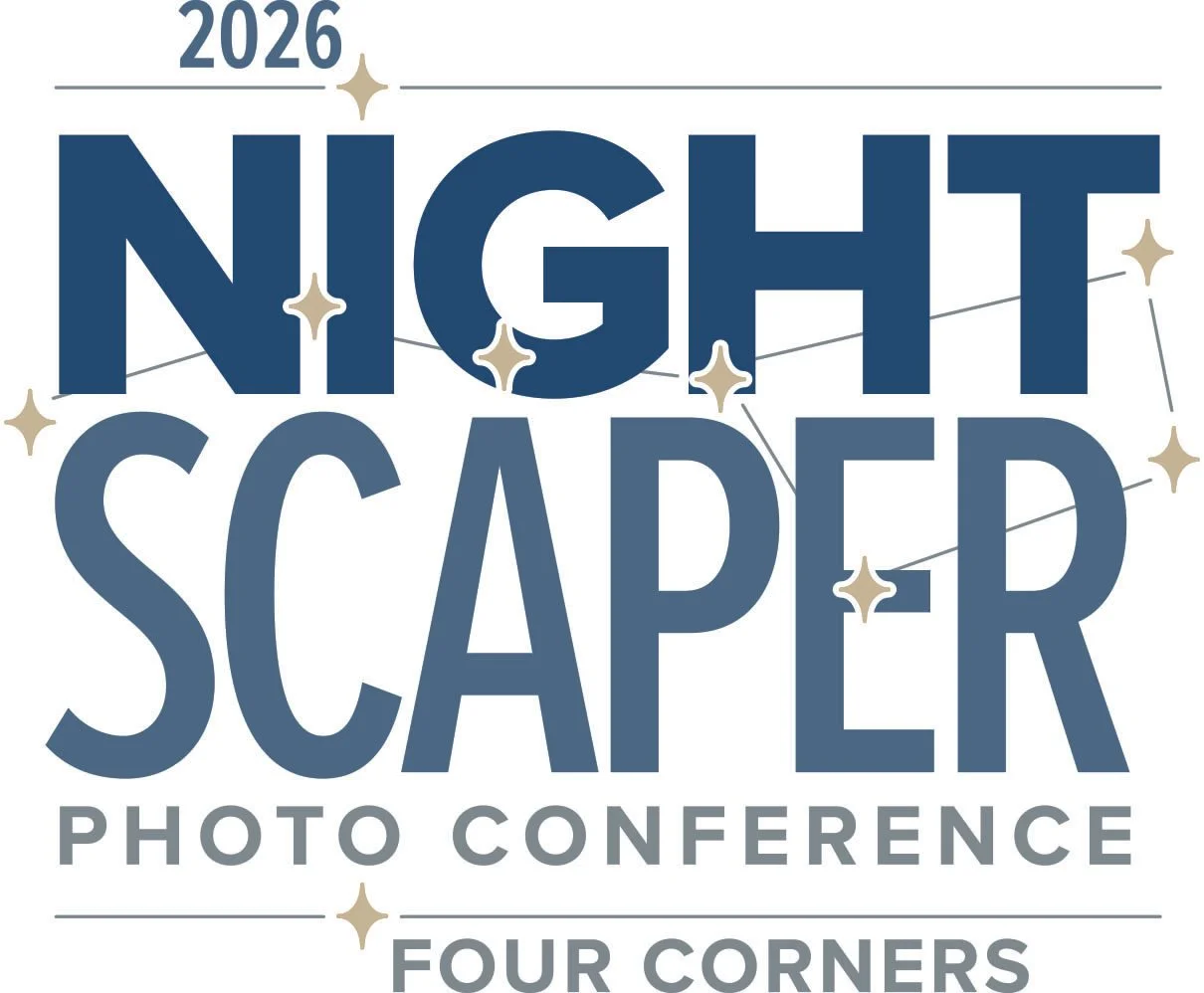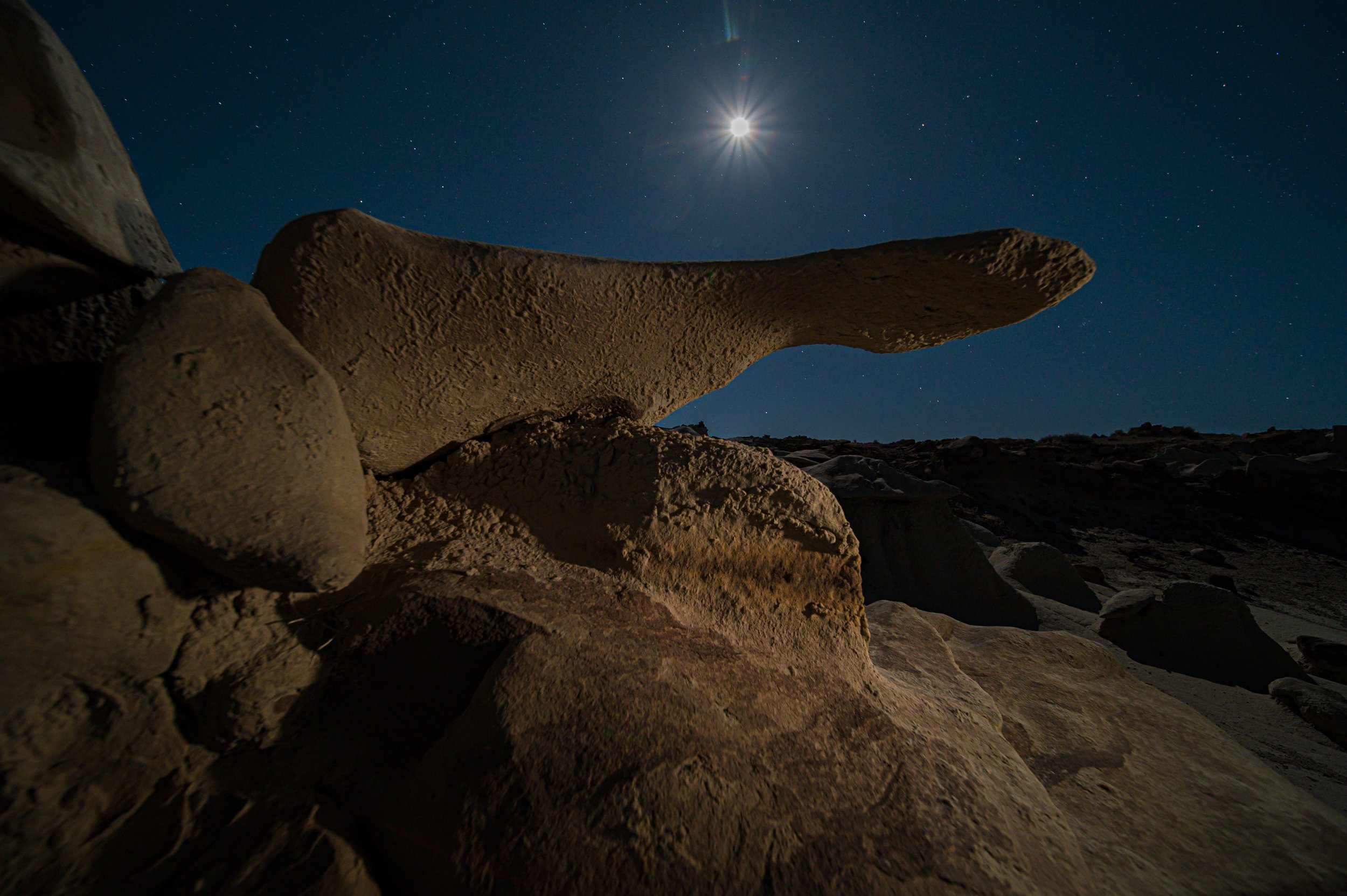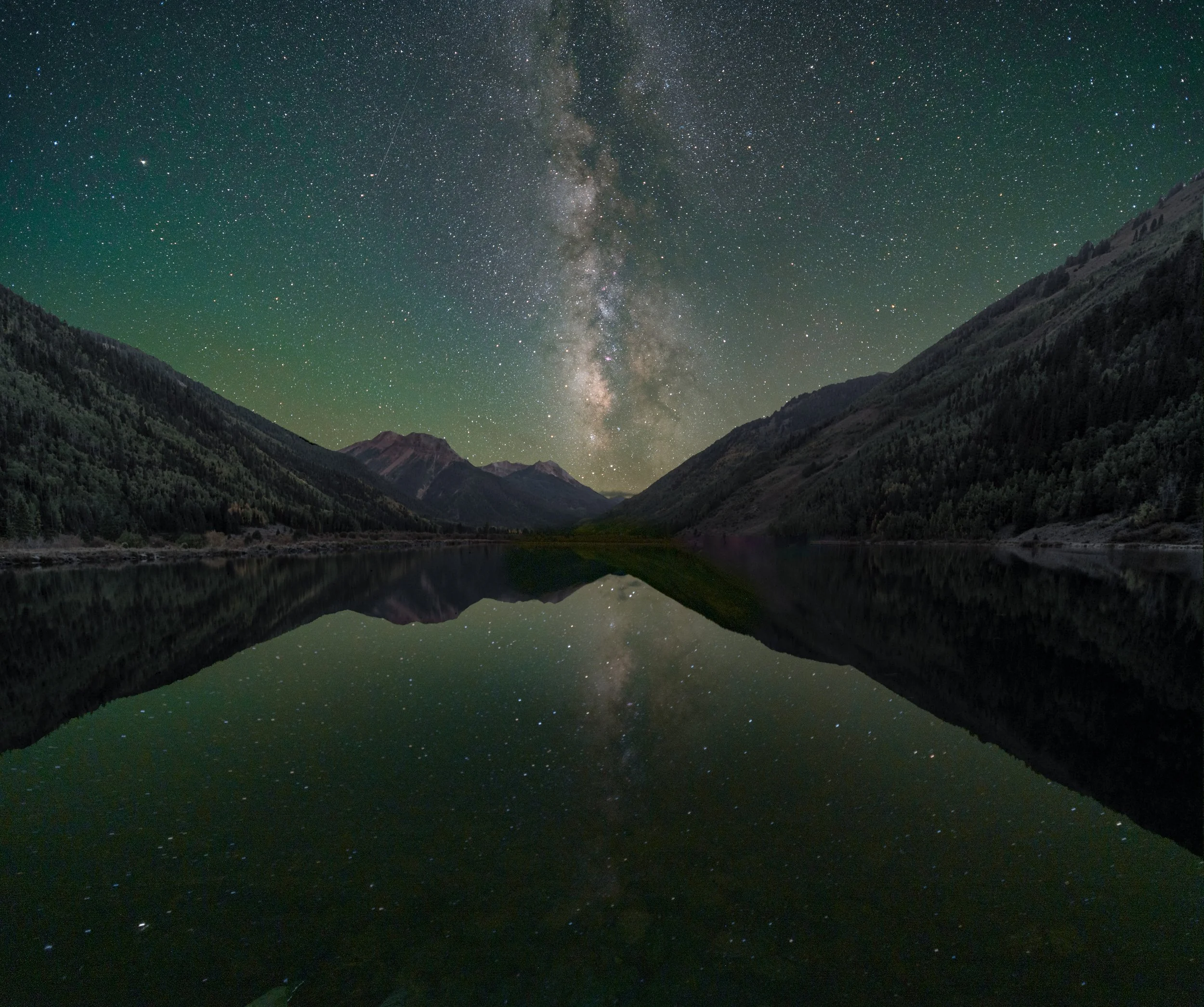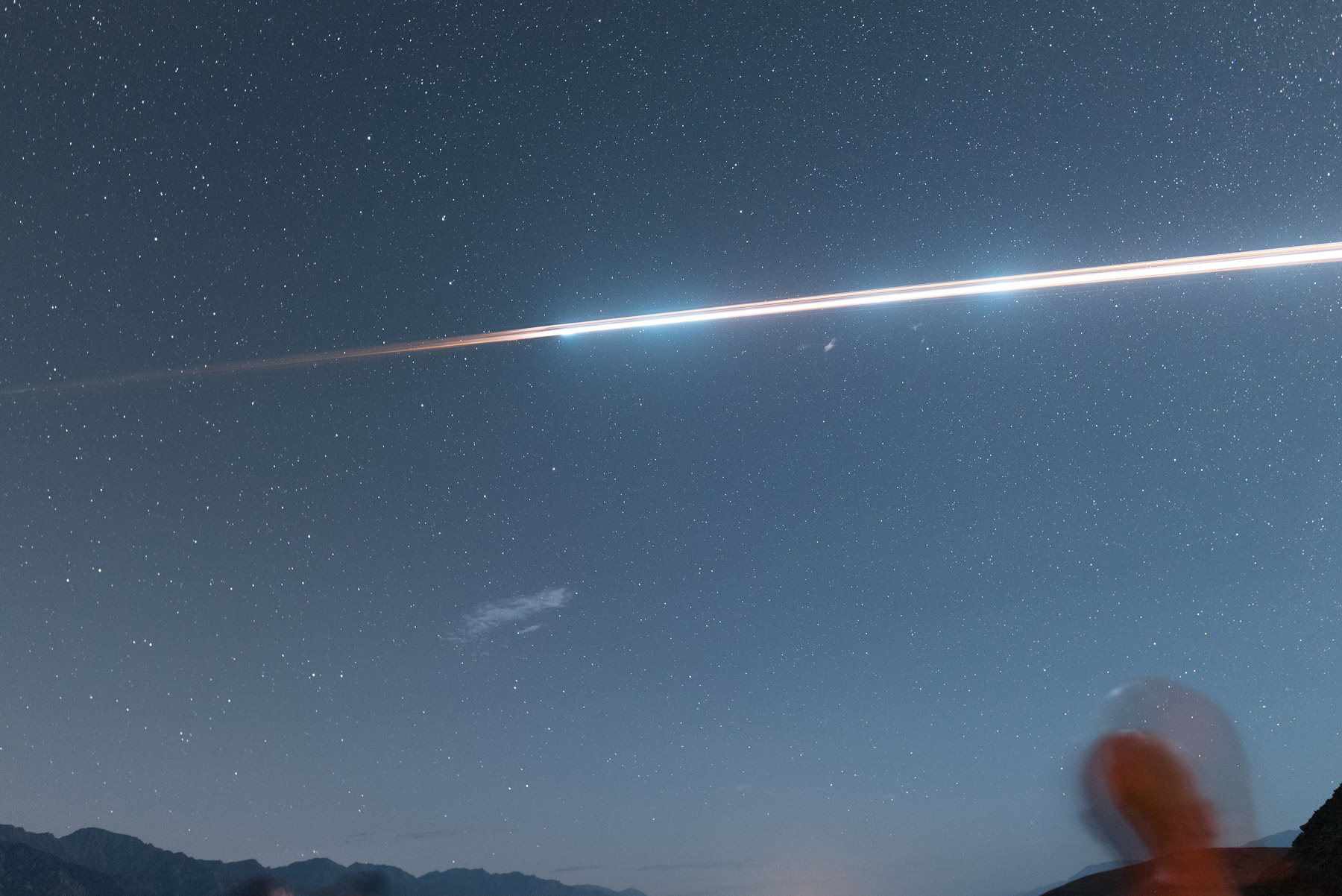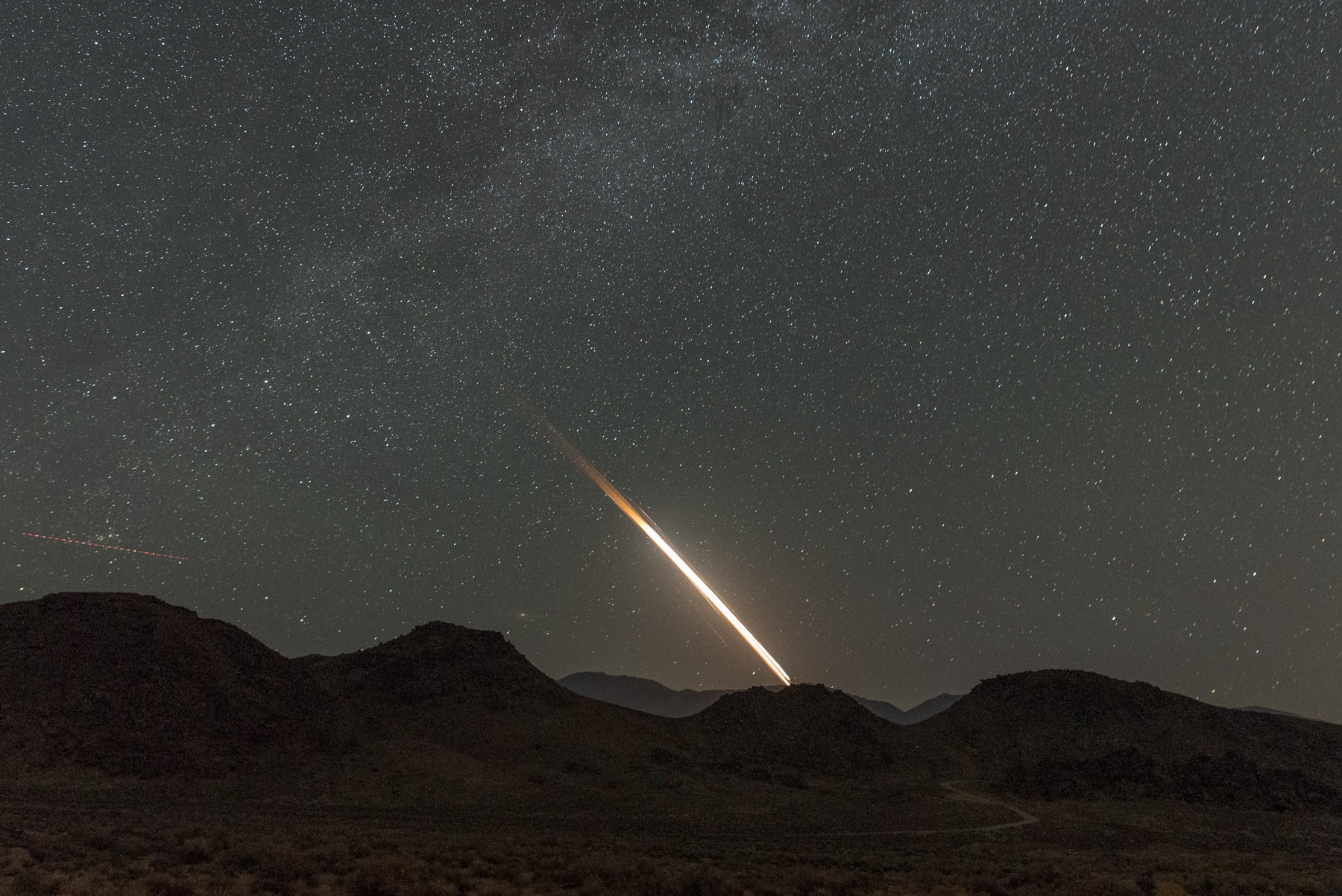On August 19, the night photography community lost one of its true greats. Steve Harper was a pioneer of night photography and light painting, and taught what is thought to be the first college-level course on the subject at the Academy of Art College in San Francisco.
Despite slowly losing his sight over the last ten years, and battling cancer for the last two, Steve never stopped photographing and never gave in to his illness. I was fortunate enough to spend some time with him last January, and we talked extensively about his work and how he came to night photography.
"Self—Keif’s Blanket," Sutro Bath ruins, San Francisco, 1979. This was one of Steve’s personal favorites. He held his dog’s blanket over his head in the whipping wind coming off of the Pacific and marveled at how everything in the image was made of the same stuff—the ocean, the air, the blanket, and the ghost image of Steve himself merged together, and as he said, the image “shows the universality of all things.”
For those who are unfamiliar with Steve and his work, he was one of a number of Bay Area photographers responsible for the explosion of interest in night photography in the 1970s, along with Richard Misrach, Arthur Ollman, Paul Radeke, Jerry Burchard, Hank Wessel and Steve Fitch.
Harper felt that it was important to study and learn about what other photographers had done before us. He diligently researched the history of night photography, in an era when information was much harder to come by. He taught his students about Stieglitz’s early forays into night photography at the dawn of the 20th century, along with the work of Brassai, Bill Brandt and O.Winston Link.
He also made sure to share the work and story of Jessie Tarbox Beals, a woman whose life paralleled Stieglitz’s in many regards, but who was far less fortunate and privileged. In a field with so few women, he made sure to highlight her contributions to the genre.
Over many years, Steve worked to devise exposure guidelines for different types of film, and modified black and white film development to deal with reciprocity failure and extreme scene contrast. He also experimented with different color transparency films, and color-correcting gels to better control the odd colors from the panoply of light sources in the industrial areas where we worked and took his classes. Steve was a master Cibachrome printer, and often made prints for his students.
Although Steve’s work was included in a ground-breaking exhibit of night photography at San Francisco’s Focus Gallery in 1979, and he created many iconic night images of California, he will be best remembered as a teacher and mentor. It is not an exaggeration to say that Steve Harper is single-handedly responsible for inspiring an entire generation of night photographers (myself included), who have in turn taken the torch from him and are now teaching a new generation of night photographers.
"1,2,3,4,5,9,7," Sutro Bath ruins, San Francisco, 1982. Another image from the Sutro Bath ruins near Ocean Beach in San Francisco. This was one of Steve’s favorite locations to photograph, and a place that he made sure every class visited, despite the often terrible weather. This image was made with light painting from one of his students, Kyoshi Sato.
Steve had a natural gift for teaching. His critiques were honest, straightforward and insightful. His lectures were never boring, and in the field he encouraged collaboration, camaraderie and community rather than competition. Many of his own images were made in collaboration with his students, whom he considered friends.
I was fortunate to be among the students in last few classes Steve taught before retiring in 1990. In 1988, after exhausting all of the photography courses I could find in Baltimore, one of my teachers suggested that I consider Brooks Institute in Santa Barbara (which has sadly just shuttered its doors). I ordered a catalog, but was disappointed that they did not offer a class in night photography, so I began to look elsewhere. Eventually I came across Steve’s class at the Academy of Art College, and my course was set. I moved to San Francisco and enrolled at AAC, where I took Steve’s class for three semesters in a row.
Steve took his summer classes in night and figure photography on camping trips to the Eastern Sierra, where he introduced me and many of his other students to Mono Lake and Yosemite National Park. High on Tioga Pass, a granite boulder balances precariously on a hillside above Olmsted Point that is the subject of one of his most famous photographs.
That boulder has come to be known as Steve’s Rock to legions of night photographers. It now stands as a memorial to Steve and his work. If you happen to be passing over Tioga Pass, stop at Olmsted point, and look up the hill from the parking area. You can’t miss it.
"Steve’s Rock," Tioga Pass, Yosemite National Park, 1981. Perhaps Steve’s most iconic image, this granite boulder has forever become known as Steve’s Rock, and it has even become a pilgrimage of sorts for night photographers who travel to Yosemite.
I was also part of the last summer class that Steve took to the Eastern Sierra, and memories of that trip stayed with me over the years.
Eventually, I began to teach my own workshops there, and have done so every year since 2003. I know that Steve was proud to have inspired photographers such as Tom Paiva, Tim Baskerville and myself to take up his calling, and we all feel fortunate to have known and studied with him. Steve’s teaching and mentoring left an indelible mark on the lives of so many of his students, and he will be sorely missed.
Tim Baskerville is organizing an exhibit of Steve’s work and that of some of his students at Rayko Photo Center in San Francisco, to be scheduled sometime next year. I’ll post about it in this space when the show is announced, and hope to see you there.
"Self Asleep," 4.5 hours, 1984. Good night, Steve. You will be missed, but not forgotten.
